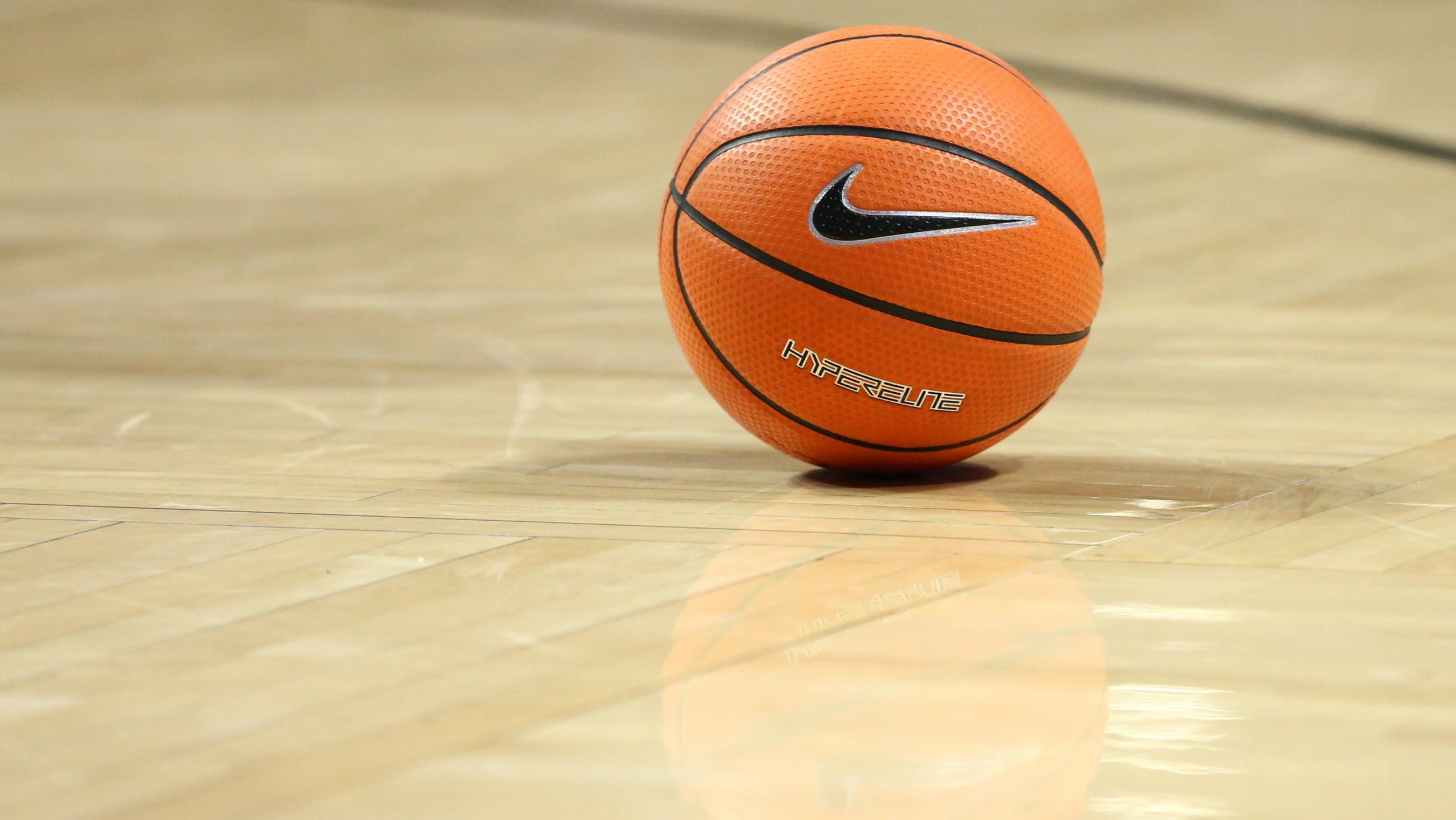College athletics is a billion-dollar industry in the United States. An important part of American culture, college sports generate millions of dollars for universities and colleges. However, until recently, there was no way for a student-athlete to make money off of their name, image, or likeness (NIL).
That began to change in 2013 when University of Central Arkansas (UCA) President Tom Courtway announced that his school had partnered with Collegiate Licensing Company (CLC) for an NIL deal specifically tailored to college athletes. What followed were decisions by states, universities, and eventually, the entire NCAA system that has completely changed the dynamics in college sports.
Before this landmark NIL decision, student-athletes were bound by a code that dictated that they could not profit from their NIL. For instance, in 1978 the NCAA instituted a policy that barred student-athletes from receiving compensation beyond tuition and room and board—and even that was limited.
Amateurism in College Athletics
Many of the issues involved with NIL stem from the NCAA’s rules for its members to protect “amateurism,” which is a belief that student-athletes are not professional athletes and should not be compensated as such. They have similar reasons for being strict with schools, which are also trying to maintain a level playing field by disallowing student-athletes from earning NIL money through endorsement deals or licensing agreements.
While this might be good business sense for smaller programs that cannot afford to lose top talent over a few thousand dollars, it’s harder to swallow when you consider how many players go on to become professional athletes after they graduate, meaning these same universities will eventually benefit financially from their former students’ success.
The New Deal That Turned the Tide
In March 2013, UCA became one of a few early adopters when they announced their new licensing deal with CLC. They were followed by Belmont University and Indiana Tech, who both signed similar agreements shortly thereafter. The deal allowed companies such as CLC and IMG College Licensing to pay universities and in turn, the money would be used to give out stipends directly to student-athletes.
While such a model seems like an easy solution for everyone involved, especially students, it was not without some problems. Much of it centers around the NCAA’s involvement in such licensing deals.
For instance, while collegiate brands are free to negotiate with schools on behalf of their clients for NIL usage rights, only the university can offer up official licenses through CLC/IMG College Licensing. The NCAA has no say over how these funds get distributed among its teams despite still holding some control over limiting player benefits based on
“amateur” status.
A Game Changer
In 2020, California passed legislation regarding NIL rights that allowed for universities to provide players with stipends and give licensing deals directly to the athletes themselves. This decision was seen as a game-changer by many.
While most schools were complying with NIL laws before California’s change in 2020, this new law provided student-athletes up and down the state—not only those at larger programs—with an opportunity to earn money from their NIL.
California isn’t alone: several other states have recently pushed for similar changes regarding player compensation. One such example is Florida, where Senator David Simmons supported legislation in 2016 seeking $5,000 per year for players. Under this bill, licensing deals would need to be approved by the school’s president and athletic director before going through with a company like CLC or IMG College Licensing.
As you can imagine, some saw these new stipend laws as unfair competition, which could potentially give larger schools an unfair advantage over their smaller rivals. However, many believe CLC’s model is beneficial. Meanwhile, others criticize the deal purely on principle. They argue that such practices simply go against everything college sports stand for and should not benefit institutions.
The Future
It remains unclear what shape college athletics will take as more institutions move towards licensed models like UCA’s. In the meantime, both sides of this debate are doing their best to make sure they have a voice in these changes as more schools continue to move toward licensed models and players begin earning NIL money for themselves.
The NCAA will undoubtedly play an important role as this conversation evolves, but until then, collegiate brands like UCA will likely face pressure from all sorts of entities—including their competitors and the NCAA—to continue changing how student-athletes get compensated for NIL rights.

